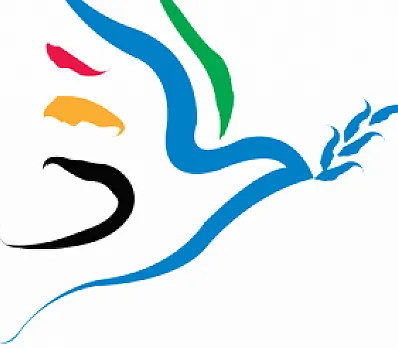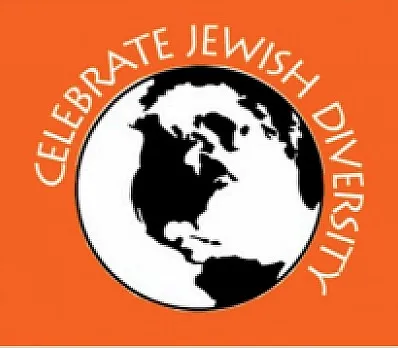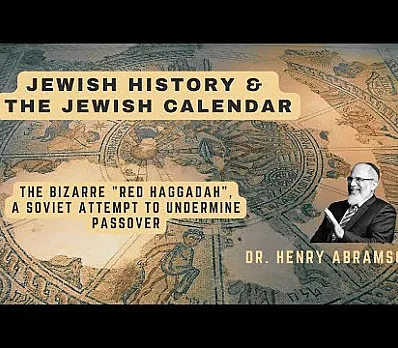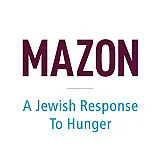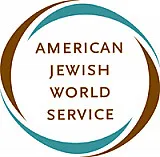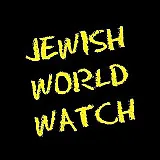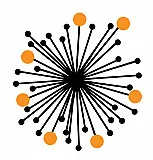The Four Parshiot and the Four Children
The Four Parshiot and the Four Children
Dr. Meir Ben-Yitzhak, Bar Illan School of Education
The Sages established the formulation of the Haggadah and the rules of the Seder
evening as an educational array to strengthen faith through an unparalleled family
experience celebrated in Jewish homes. In the spirit of the vacations taken during this
holiday, I might define the special characteristics of the Seder as the “4 X 4 Israel Trail”
– four cups of wine, four questions, four sons and four (or five) expressions of
Redemption. It is important to note, however, that this route does not begin on the
Seder eve, nor does it end there.
The Sages established a preparatory routine of four special Torah readings, leading up
to Passover. The order of these readings points to four essential stages in building the
Jewish people:
1) Parashat Shekalim, symbolizing belonging and mutual responsibility as a
precondition to establishing the nation.
2) Parashat Zakhor, symbolizing trust in G?d defending us against outside foes who
threaten our survival.
3) Parashat Parah, teaching us about the need to differentiate between the ritually
clean and ritually unclean in the life of the people as a precondition for a proper society.
4) Parashat ha-Hodesh, symbolizing the destiny of the Jewish people – to uphold
the Torah and its commandments.
The four special Torah readings can also be viewed as a detailed didactic response to
the four sons mentioned in the Haggadah:
1) What does the wicked son say? “What is this worship of yours?” Yours, not his.
This son does not see himself as belonging. Parashat Shekalim is the answer to the
wicked son, for the half-shekel paid by every Jew completes that of his fellow. Thus,
through this commandment we are taught the fundamental value of mutual responsibility
and belonging to the Jewish people.
2) He who does not know to ask – you begin to tell him. This son does not understand
why he must belong to the Jewish people, so acquainted with grief. So how shall we
begin to explain? Begin with Parashat Zakhor, which teaches us to have faith and trust
in G?d, who delivers us from our enemies that have risen up against us in every
generation in an effort to annihilate us, since the time of Amalek in the wilderness,
through Purim, until this very day.
3) What does the simple son say? “What is this?” This son does not understand the
need for the commandments in the context of his life. Parashat Parah teaches Jews
about an important principle: to distinguish between the ritually clean and the ritually
unclean precisely when they are intermingled in the daily life of each of us, and in
general to observe the commandments even if the reasons behind them are not at all
clear to us, as typified by the ritual of the Red Heifer.
4) What does the wise son say? “What mean the decrees, laws, and rules that the
Lord our G?d has enjoined? The wise son knows to distinguish between laws and rules
and takes an interest in the details of the commandments. The answer to his question
is Parashat ha-Hodesh, symbolizing precise detailing of the commandments which
relate to the Passover sacrifice, matzah and hametz. This son is on a level where he
can accept the burden of performing the commandments without question.
Let us pray that this “Israel Trail” lead us to a rebuilt Jerusalem, speedily in our day.
Inspired to create
your own Haggadah?
Make your own Haggadah and share with other Seder lovers around the world
Have an idea
for a clip?
People like you bring their creativity to Haggadot.com when they share their ideas in a clip
Support Us
with your donation
Help us build moments of meaning and connection through
home-based Jewish rituals.
OUR TOP CONTRIBUTORS
Passover Guide
Hosting your first Passover Seder? Not sure what food to serve? Curious to
know more about the holiday? Explore our Passover 101 Guide for answers
to all of your questions.


